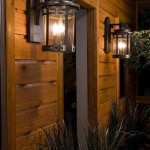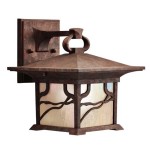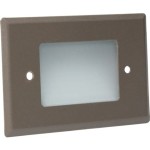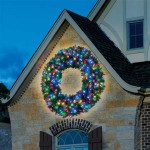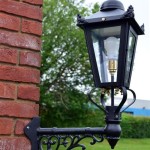Essential Aspects of the Best IP Rating for Outdoor Lights
When choosing outdoor lights, the IP rating is a critical factor to consider. This rating measures the level of protection against the ingress of dust and water, ensuring that your lights can withstand the elements and perform reliably. Understanding the different IP ratings and their implications is essential for selecting the most suitable lighting solutions for your outdoor space.
IP Rating Explanation
The IP rating consists of two digits, where the first digit represents the level of dust protection and the second digit indicates the level of water protection. The higher the number, the greater the level of protection.
Dust Protection (First Digit)
The first digit ranges from 0 to 6, with 0 offering no protection and 6 providing the highest level of protection from dust, dirt, and other particles. For outdoor lights, an IP rating of 5 or 6 is recommended to ensure adequate protection against dust and debris that may accumulate over time.
Water Protection (Second Digit)
The second digit ranges from 0 to 8, with 0 offering no protection and 8 providing the highest level of protection from water ingress. For outdoor lights that are exposed to rain, snow, or other moisture, an IP rating of 4 or higher is advisable. IP44 is a common rating for general outdoor lighting, while IP65 or higher is recommended for areas with heavy rainfall or direct water exposure.
Choosing the Right IP Rating
The appropriate IP rating for outdoor lights depends on the specific location and exposure conditions. Consider the following factors when making your choice:
- Location: Lights installed in sheltered areas may require a lower IP rating than those exposed to direct rain or moisture.
- Exposure: Lights facing south or west may experience higher levels of sun and rain, requiring a higher IP rating.
- Height: Higher mounting positions may expose lights to stronger winds and rain, necessitating a higher IP rating.
- Type of Light: Different types of lights, such as spotlights, floodlights, or path lights, may have varying requirements for IP protection.
Tips for Selecting Lights with the Best IP Rating
- Check the Manufacturer's Specifications: Always refer to the manufacturer's specifications to determine the exact IP rating of the outdoor light.
- Consider the Warranty: A longer warranty period often indicates a higher level of confidence in the product's durability and resistance to the elements.
- Read Customer Reviews: Reviews from other consumers can provide valuable insights into the performance and longevity of outdoor lights with specific IP ratings.
- Seek Professional Advice: If unsure about the appropriate IP rating for your needs, consult with a lighting professional for guidance.
Conclusion
Understanding and choosing the right IP rating is essential for ensuring the durability and reliability of outdoor lights. By considering the dust and water protection levels, location, exposure conditions, and other factors mentioned above, you can select the most suitable lighting solutions for your outdoor space. Remember to check the manufacturer's specifications, read reviews, and seek professional advice if needed. With the proper IP rating, your outdoor lights will brighten your space for years to come, providing a safe and illuminating environment.

What Ip Rating Is Best For Outdoor Lighting Atom

What Ip Rating Do I Need For Outdoor Lights And Why It Matters Moonlight Design

What Ip Rating Do I Need For Outdoor Lights And Why It Matters Moonlight Design

Ip Rating For Outdoor Use Lighting

News Ip Rating For Led Strip Lights Indoor Outdoor More

What Is Ip Rating Here Are The Simple Facts Jd Lighting

Ip Rating The Definitive Guide For Led Strip Light

What Ip Rating Is Best For Outdoor Lighting Atom

Everything You Need To Know About Outdoor Led Lighting

What Is The Best Ip Rating For Outdoor Lighting Billyoh Com
Related Posts
